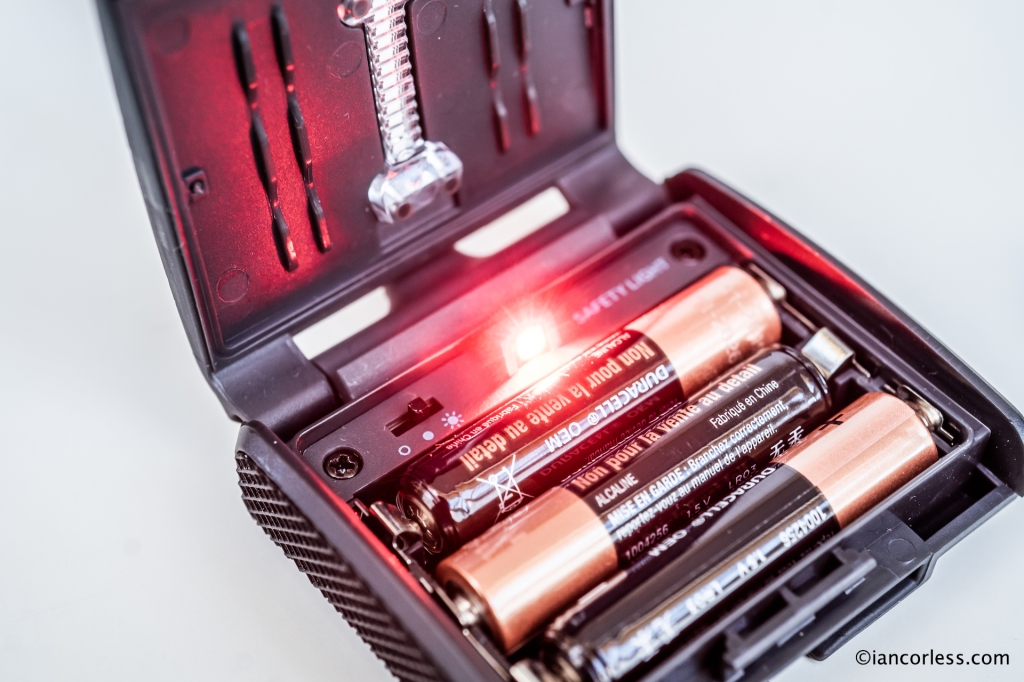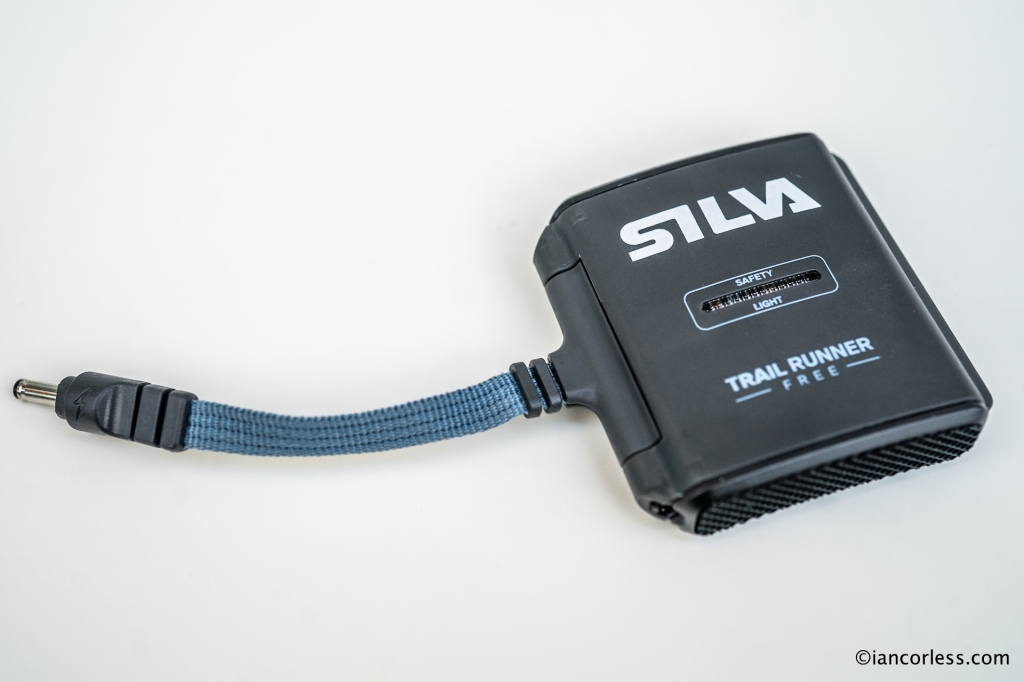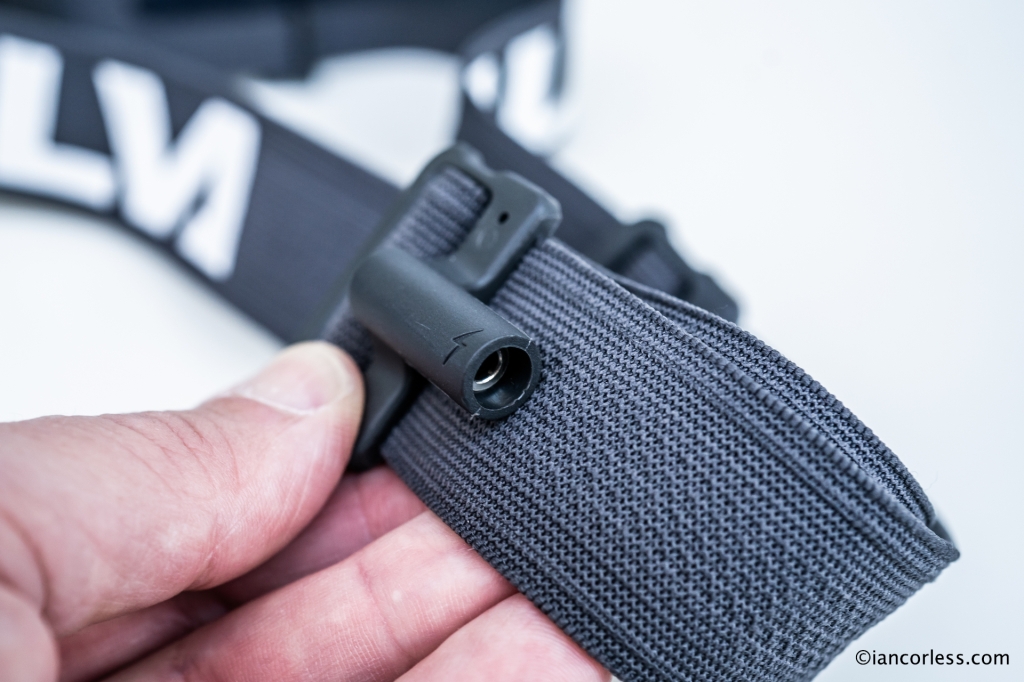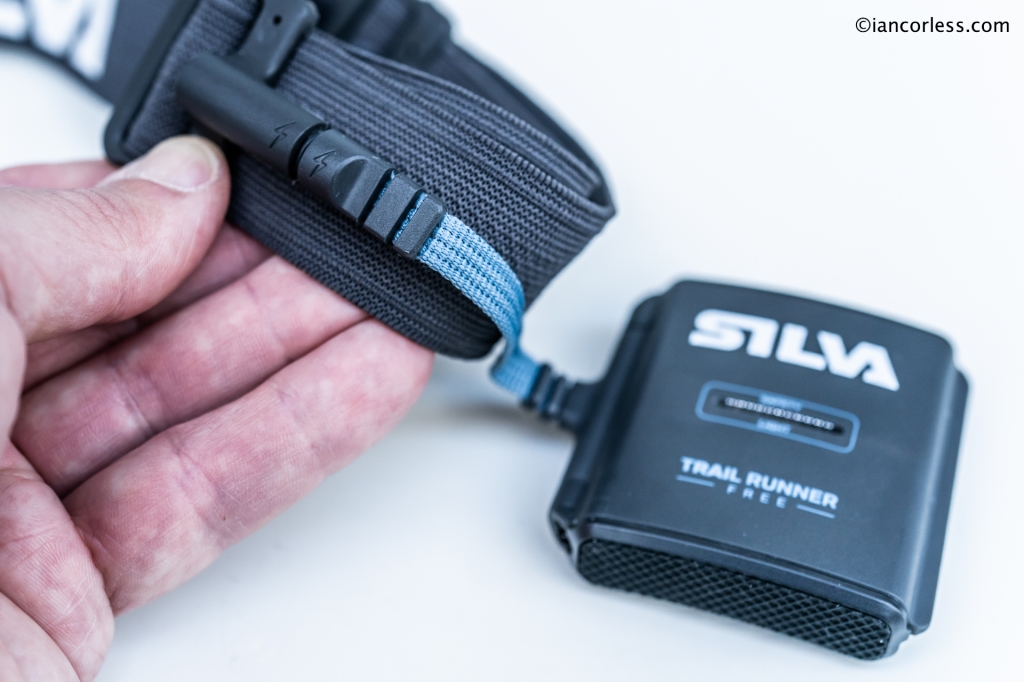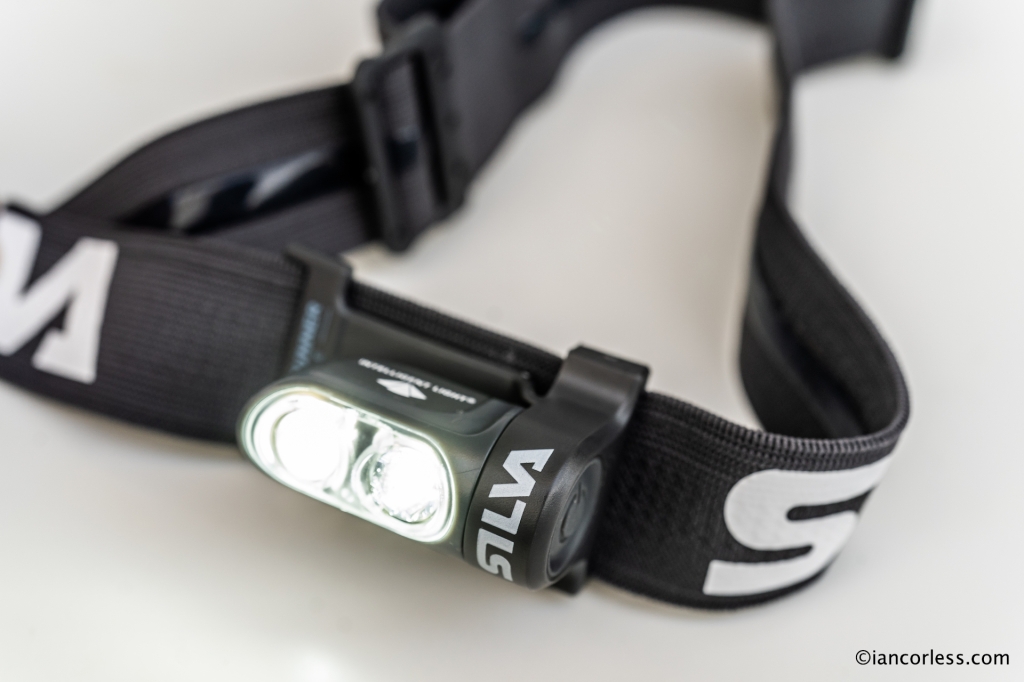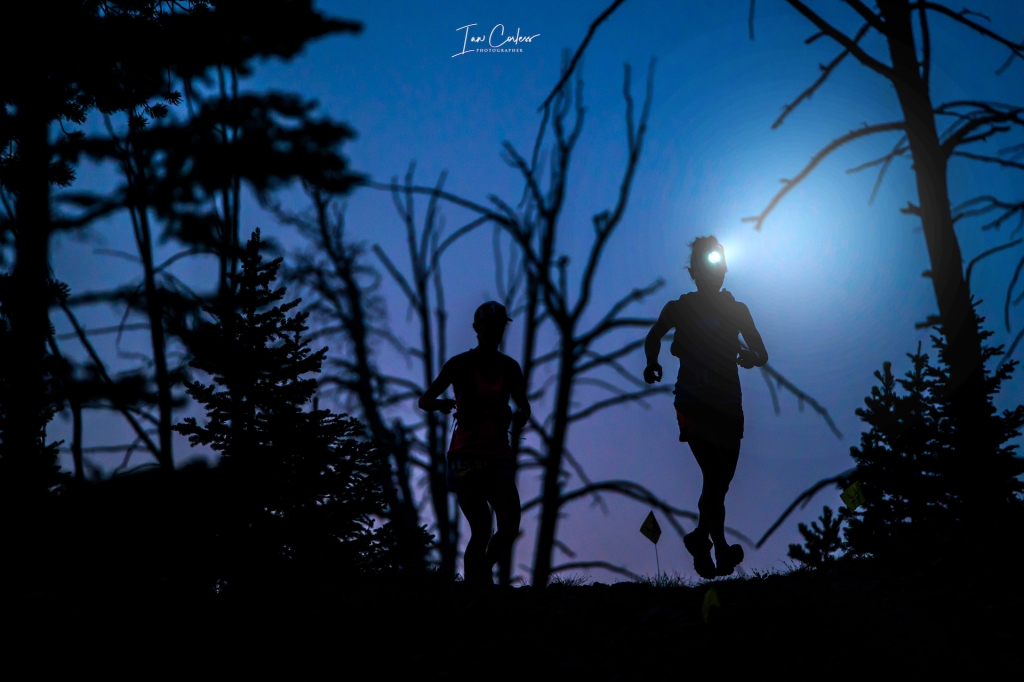
Winter is looming. It’s dark in the morning and darkness arrives earlier and earlier in the evening. The lure of a treadmill or training in a gym is just not an option for some and therefore the need to be outdoors getting in some fresh air is essential for day-to-day function. So, if you are going to keep running during the winter months a headlamp is going to be essential. Here is a guide to help you make the correct choice.
Headlamps are an important piece of kit and arguably one that is ‘mandatory’ when heading to the trails, particularly during winter months or when racing. It may be light when you leave home, but have you noticed how suddenly the light switch is flicked off and how quickly light disappears. If you are on the road (with streetlights) this is not too much of an issue but if you are off-road, you are going to need a light that illuminates the trail, has durability and good battery life.
BEAM
One thing I hate about running at night is that I eventually fall into the beam and I feel that I am in a tunnel. It affects my mind, my vision and my concentration. Many head torches have ‘beam options’ that usually are ‘narrow’ or ‘wide’. This option is an essential item to allow you to adapt to the environment and your vision needs.
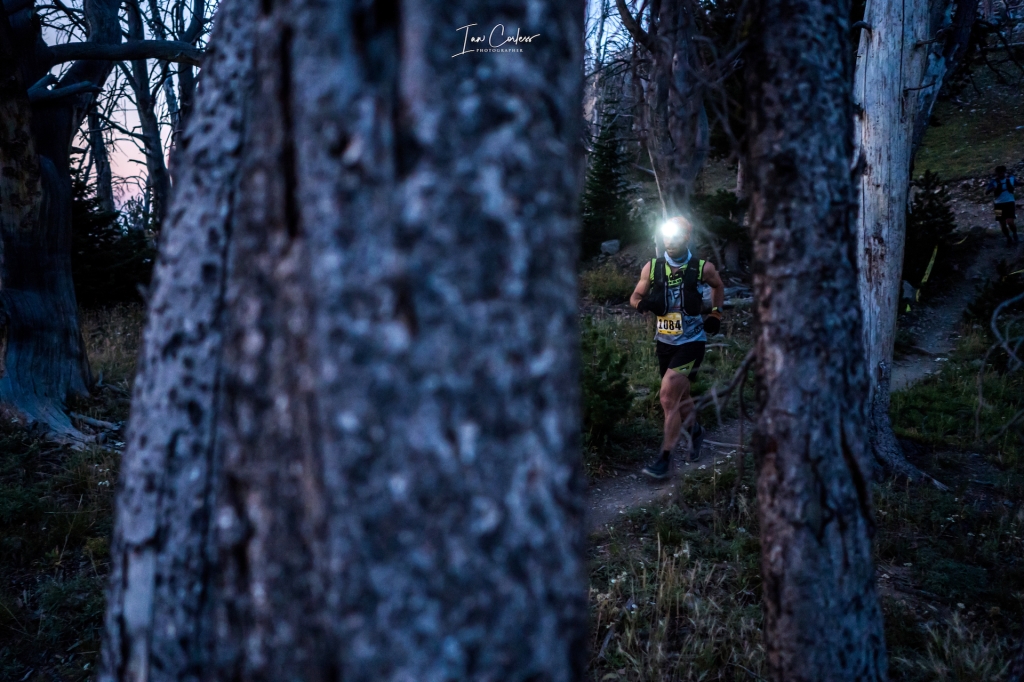
NARROW will focus the beam. For example, you may be running single-track and need vision in a very specific area. You need to see roots, rocks or any other obstacles. The narrow beam will facilitate your vision and allow you to make on-the–go decisions without losing speed.
WIDE as it suggests provides a softer more widespread light that provides a much more general field of view. This tends to work well with clearer skies or on open trail when obstacles are reduced.
Some head torches have two lamps, one wide and one narrow that provides the best of both worlds. some headlamps allow ‘variations’ between wide and narrow.
BRIGHTNESS
Brightness is measured in lumens and while many think more lumens are better, this is not always the case. Brightness is a key consideration for faster sports such as skiing and Mountain Biking when the need to react at speed is paramount. But for running, the pace is lower and therefore the need for a really bright light is not essential. Many headlamps have several settings, for example, a 400-lumen product may have a 50, 200 and 400 setting. This is useful when using a headlamp in mixed lighting/ darkness scenarios. If running on roads with streetlights, you may only need to be visible and then 50 lumens is ideal. However, if you are on dark forest trails with no ambient light, 400 lumens will be required.
In addition, some products have a ‘flash’ option that can be used for safety.
Manually adjusting brightness with 1, 2 or 3 clicks is for me preferable to some of the new head torches that ‘auto-adjust’ to conditions. I have issues with these when in fog, mist, rain and so on as the sensor becomes confused. It over engineers a simple problem that a button click resolves.
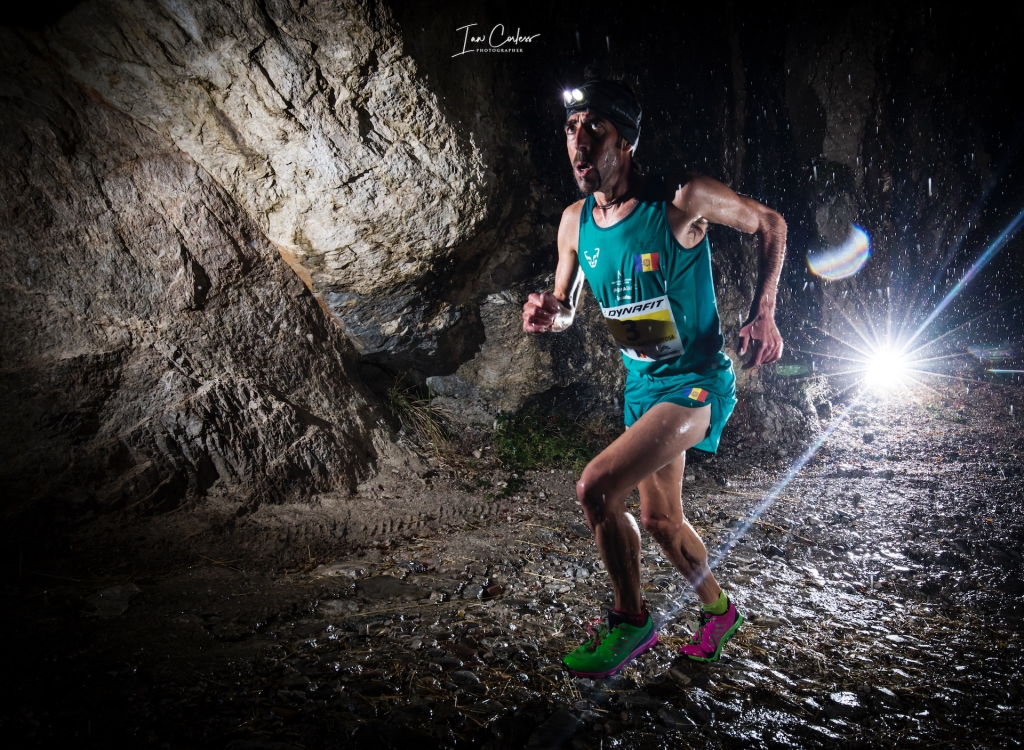
Be careful of ‘boost’ modes, they are designed to produce brighter light for shorter periods, they will eat through battery life.
Understand your needs and be specific when purchasing. A light that provides too much power can be turned down BUT a light with not enough lumen cannot be turned up.
Also, when looking at power and brightness, this goes hand-in-hand with the beam. A narrow beam may well require less power because the beam is so concentrated, however, when on wide, you may wish to up the power as the light provided is softer.
BATTERY LIFE
Battery life, lumen power and weight are a delicate balancing act. Quite simply, autonomy comes from a larger battery and that will always mean more weight. If you are using a bright headlamp on a full power setting, then you need to balance this combination and understand your needs.
If you use a headlamp occasionally, using conventional batteries such as AAA or AA may be an option. However, regular headlamp use will almost certainly require rechargeable batteries which are better on cost and the environment.
Top tip: Choose a headlamp that can switch between conventional batteries and rechargeable seamlessly. Not only does this provide the best of both worlds but it will also allow you the opportunity to always have conventional batteries as a backup.
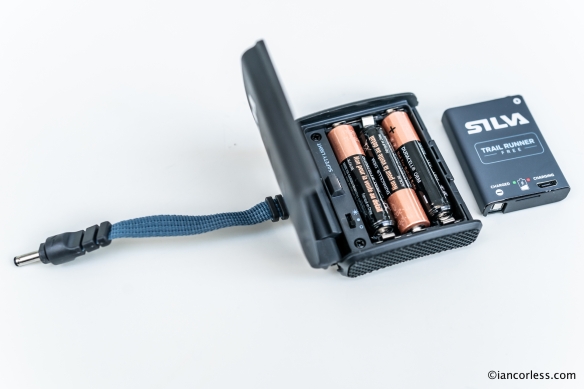
Another key consideration is the option to use the batteries on and off the headband. The reasons for this are twofold:
The more power/ autonomy you need, the heavier the battery will be. The option to store in a pack or pocket is considerably more comfortable.
In colder weather, batteries last longer if warm. Storing off the head and in a pocket close to your torso will provide more autonomy.

Be specific. If you run typically 1-2 hours on dark trails, a 400-lumen light will be ideal, and the batteries will last for the duration of the run.
If you are running and you know you will have 8-hours or more under darkness, you will almost certainly need one spare set of batteries and maybe even two! So, the option to change rechargeable batteries and/or use conventional batteries can be a deal breaker. The Silva Trail Runner Free balances this perfectly with multiple options available.
On a final note, batteries can either fit in the lamp unit at the front (typically 2 x AA or 3 x AAA) or at the rear in a battery box that is sealed from the weather. The latter option usually means that you will have more power and the light will have more autonomy, but you will need to check! Is one better than the other? It all depends on your preference; I have found that a lamp at the front and batteries at the back balances the light well when in use. However, I do like the simplicity of everything in the head unit as it does allow you to use the light in other scenarios.
ADJUSTMENTS
Headlamps will tilt and some swivel. The tilt function is most important and will allow you to adjust the angle of the light based on your running style. This is important as we all have different run styles. You want the beam to be in a natural position taking into account your head angle whilst running and what field of vision you require. Usually, 2-3 meters ahead is ideal as this allows a natural run pace without slowing due to vision problems. If the trail is gnarly, you may need to adjust the angle, power and beam so that you are able to see obstacles.
Fog and mist can cause issues for any headlamp. Instinctively you try to increase the light to improve visibility only to find the light bounces back and makes visibility worse. In this scenario, using a light on your chest or waist can make improvements – just like they way fog lights on a car work. Simply removing the torch from your head and holding in your hand will improve matters considerably. Some actually prefer chest or waist mounted lights all the time. Personally I do not. I think they are a good addition to a headlamp but not a replacement.
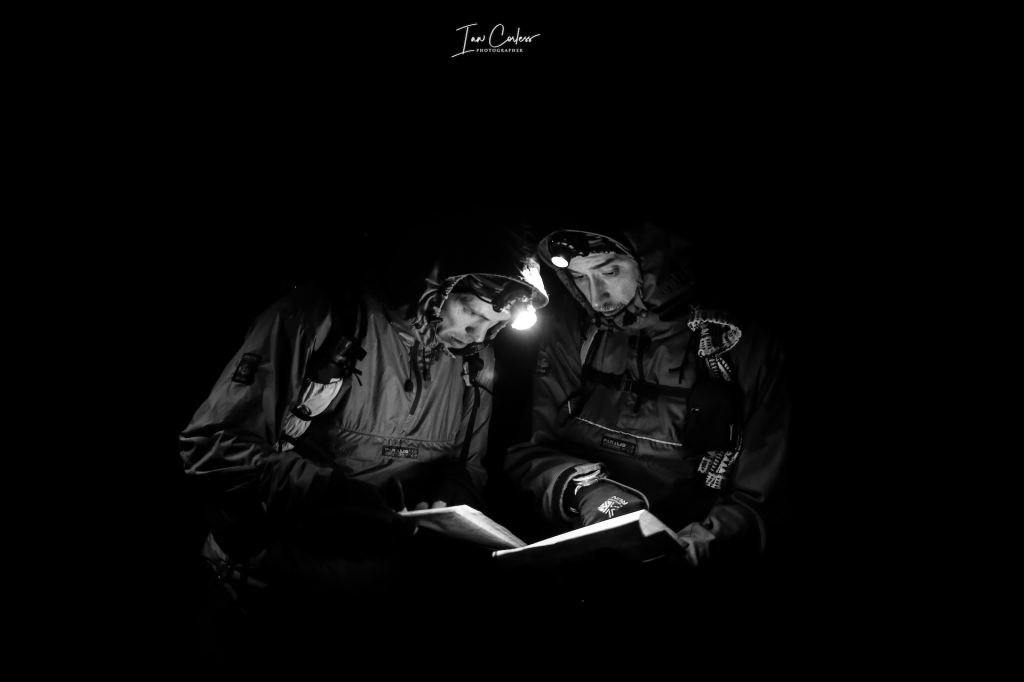
Nearly all head torches use an elastic system to stretch around the head and hold the light in place. One or two also include a strap that goes over the top of the head too. This adds extra stability but often is a problem when wearing hats and so on. Ultimately you just want something that is comfortable.
SUMMARY
Night running is awesome. If you haven’t tried it, head out with friends at first, you will feel more secure as It can take some getting used to as you may feel disorientated.
But once you have the feel for it, it will be something you embrace and of course it adds some spice to your running.
If snow falls, embrace the opportunity of dark skies, white snow and the glow of a light!
Recommendations:
Moonlight Mountain Gear provide very powerful lights beyond 2000 lumens HERE
Silva Trail Runner Free specifically for running that takes AAA and rechargeable HERE
Please support this website. I believe everyone deserves to read quality, independent and factual articles – that’s why this website is open to all. Free press has never been so vital. I hope I can keep providing independent articles with your help. Any contribution, however big or small, is so valuable to help finance regular content. Please support me on Patreon HERE.
Follow on:
Instagram – @iancorlessphotography
Twitter – @talkultra
facebook.com/iancorlessphotography
Web – www.iancorless.com
Web – www.iancorlessphotography.com
Image sales –www.iancorless.photoshelter.com






